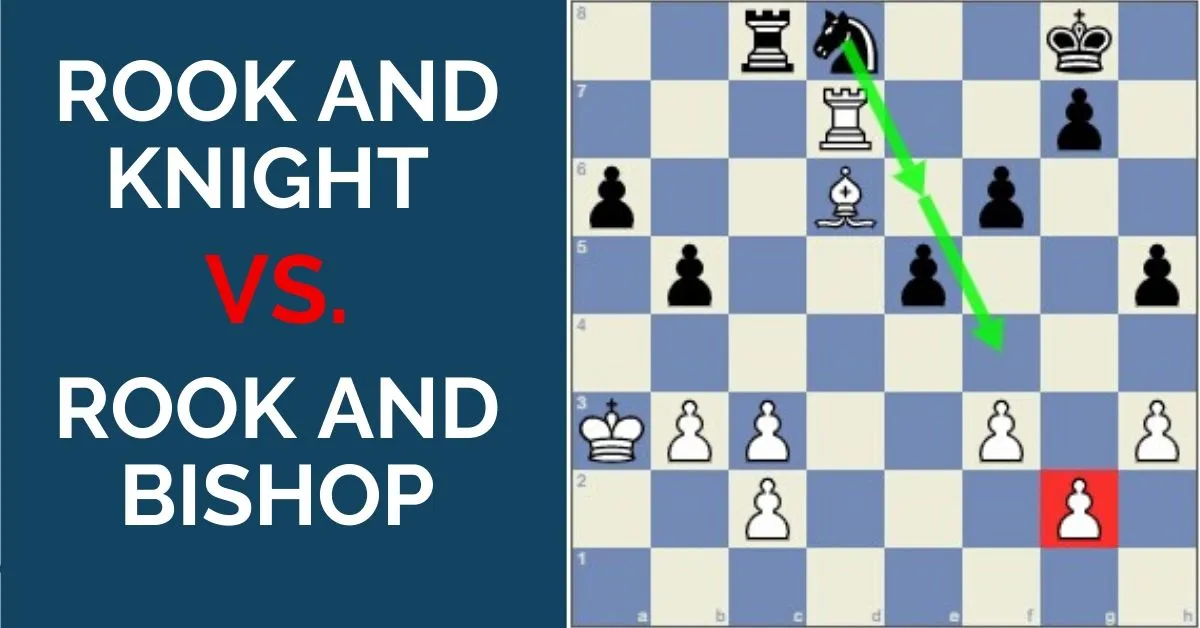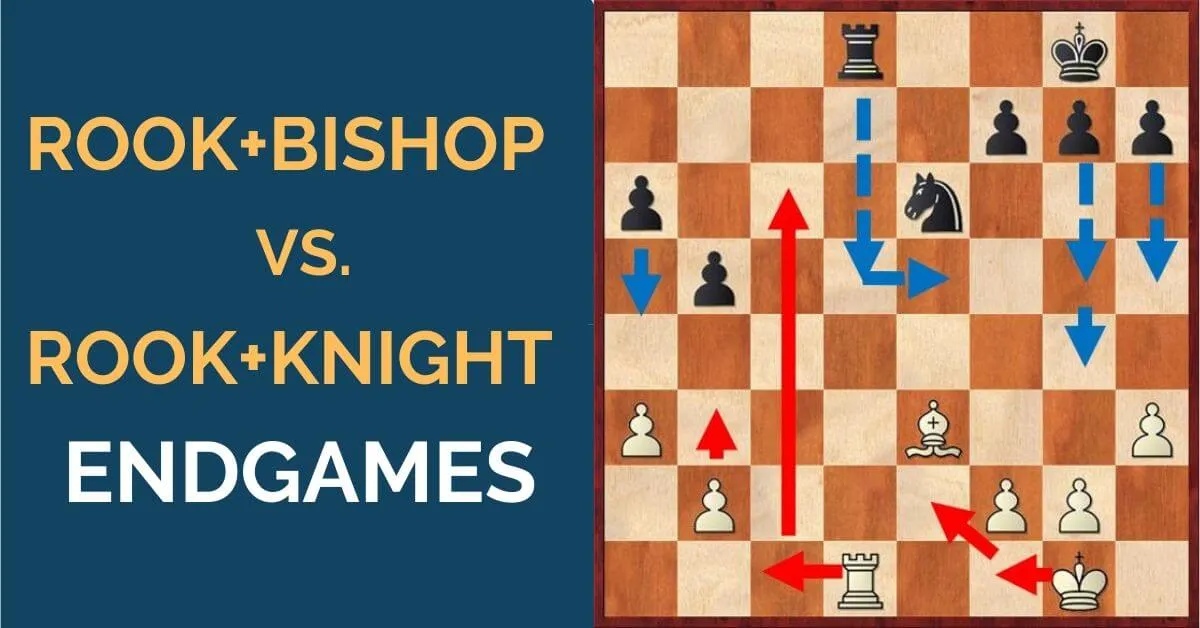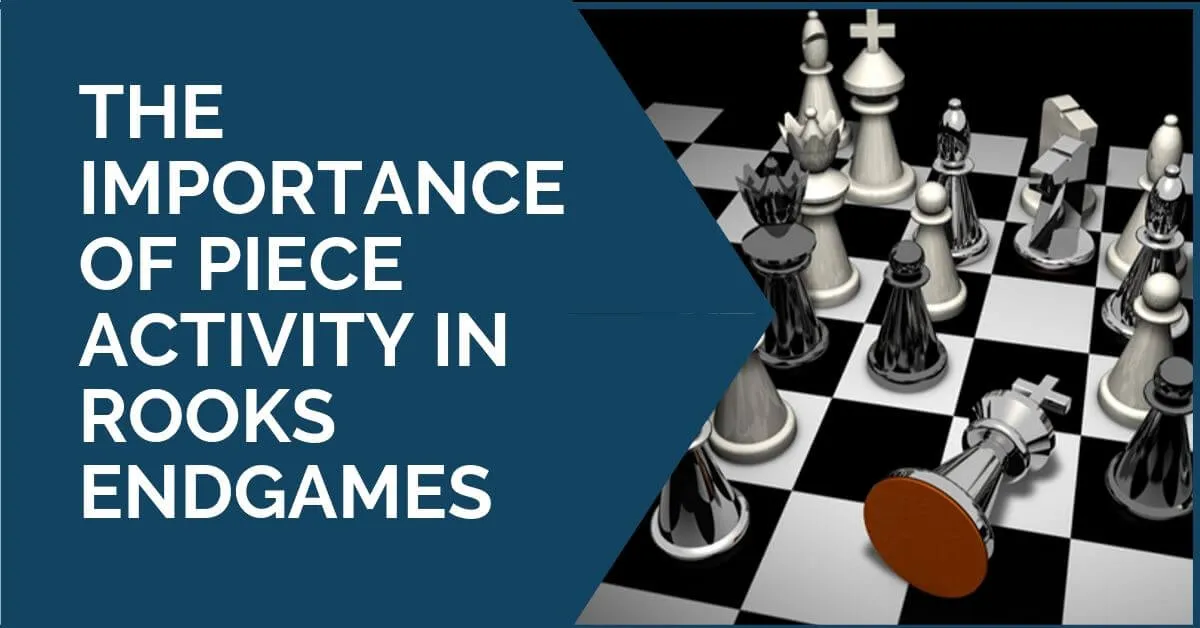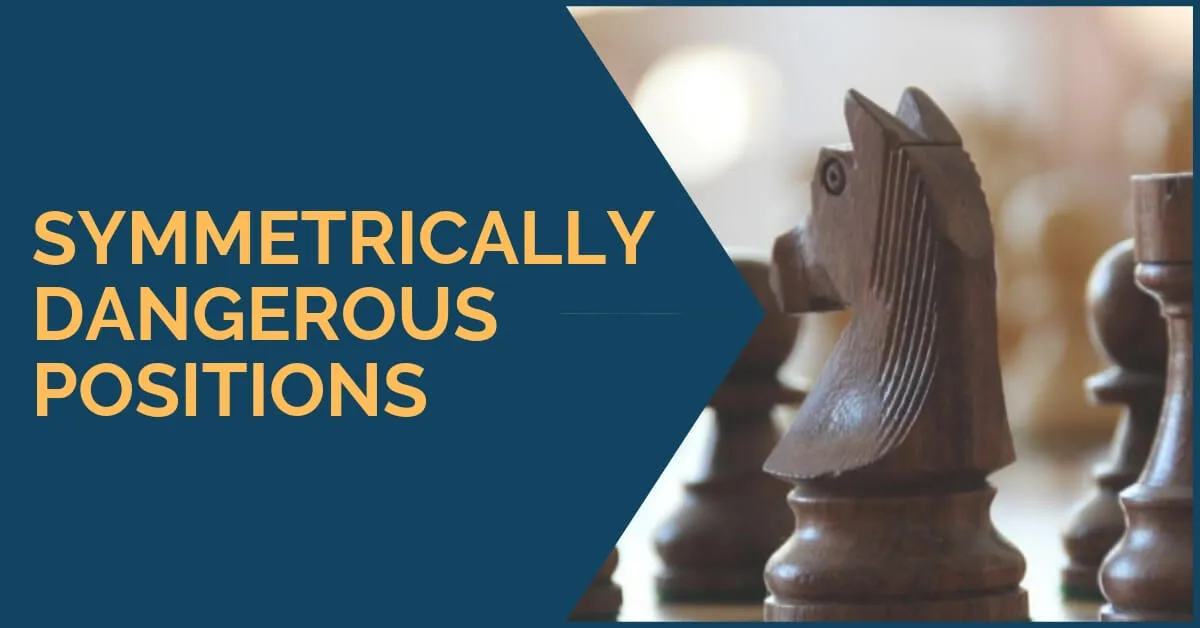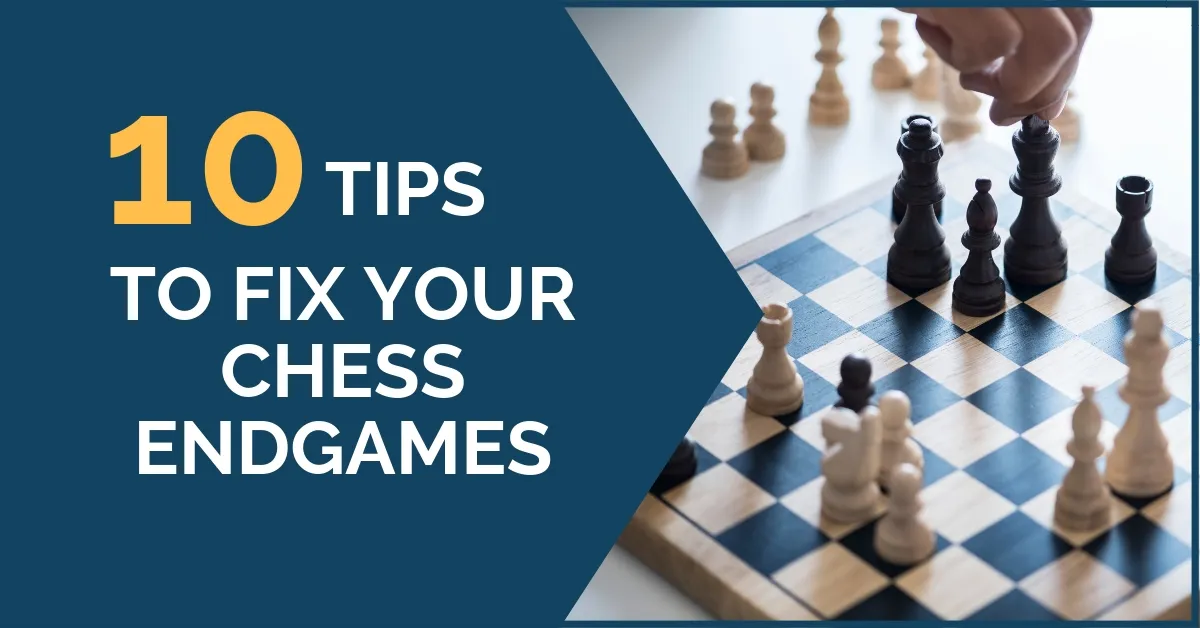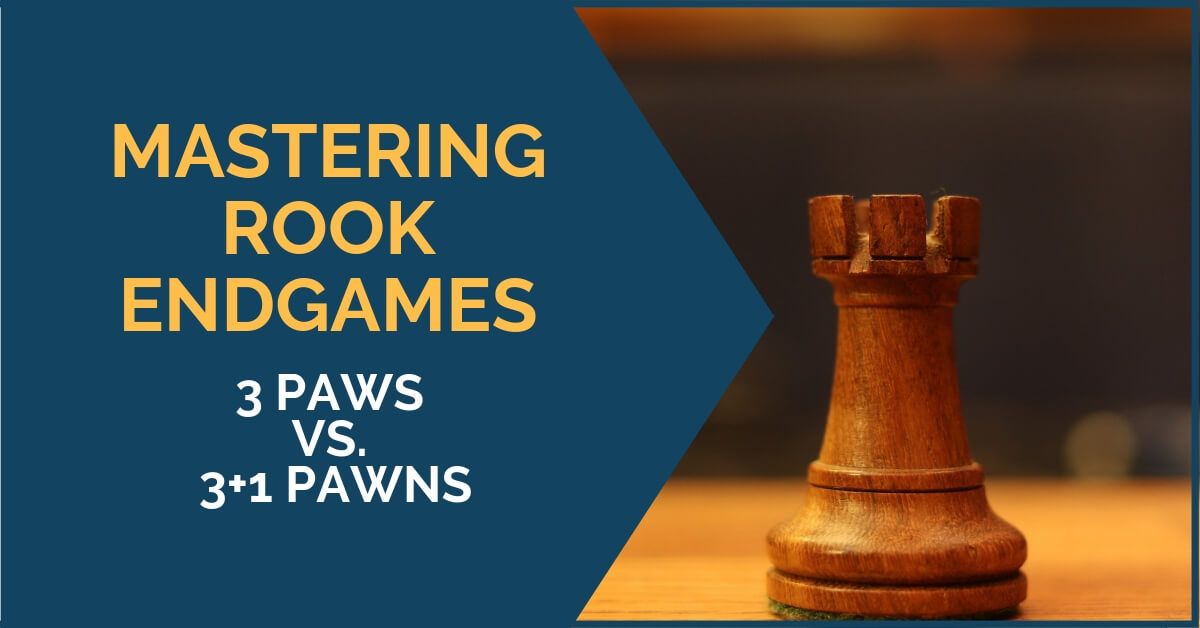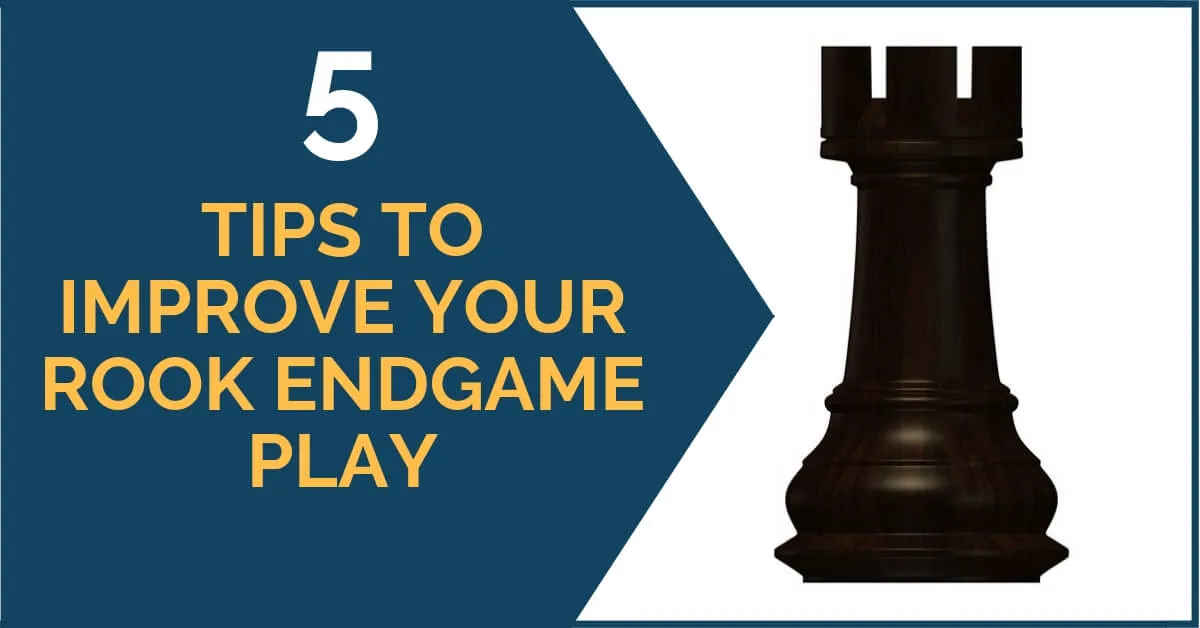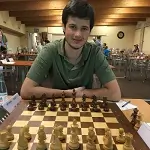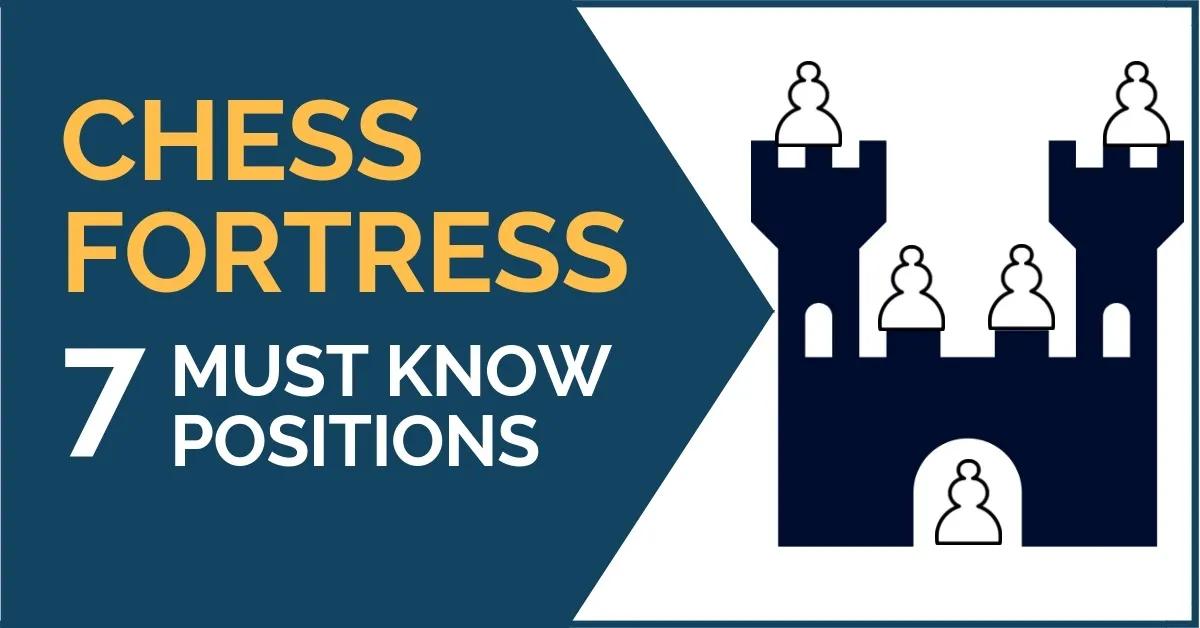Endgame
We live in the days where openings are the most studied part of the game and it is almost impossible to win a game out of the opening anymore. Everybody knows the tricks and almost every player, no matter the level, is able to blitz you out 20 moves of recent theory. The difference in […]
Endgames: In our last article, we have outlined a few important ideas that can help you decide which minor piece is better, depending on the position you have on the board. To show how the power of the bishop works, we have selected an instructive endgame where its cooperation with the rook was superior to […]
Endgames: Which minor piece is better, the bishop or the knight? Rook and Bishop or Rook and Knight? This is an endless debate; from a very early age, we tend to choose our favorite, a choice that’s not necessarily based on facts, but rather on feelings. Our preferences may change with the years and we […]
Rooks Endgames: The initiative is a term we don’t get tired of repeating and it should already be very familiar to our readers. To be in control, to take the game towards what you want, and force your opponent to stay alert all the time is something you should strive for in every game.
Symmetrical positions can be tricky and difficult to evaluate. At first sight, they may look equal – after all, there are no visible differences between the two sides – and less experienced players are tempted to think that a draw will be easy to achieve. While a draw is likely to happen in a game […]
Endgames and 10 Tips How to Fix Them. In order to improve at chess, it is essential that you have good endgame knowledge. As important as the middlegame and opening phases are, they can become useless if you end up making a huge mistake in the endgame. Many club players play a good game and […]
Rook Endgames are probably the type of endgames that are most seen in the board games. They are complicated and require a lot of patience to learn. But, we hope that these short articles will help you get a better idea of the defensive and active ideas you need to be aware of in specific […]
Rook Endgames are a complicated category, even for the most experienced players. They are tricky and It is easy to go wrong, especially under the pressure of a game. A well-known saying among chess players is that all rook endgames are drawn, which indicates the complexity of these endgames, but even when it comes to […]
Chess Fortress: What is it, how to build one, and how can this knowledge help from the practical point of view? I would like to investigate a topic, that I find extremely important, yet it feels like it’s ignored and misunderstood by most club chess players. First, let’s define, that a fortress is a position […]
Grunfeld Defense is one of the main weapons these days against 1.d4 and is employed by the best of the best in the chess scene, to Grandmasters, Masters, and amateurs. It is nearly impossible that one doesn’t fall captivated by the dynamism and richness of one of the greatest choices against the Queen’s Pawn Opening.


